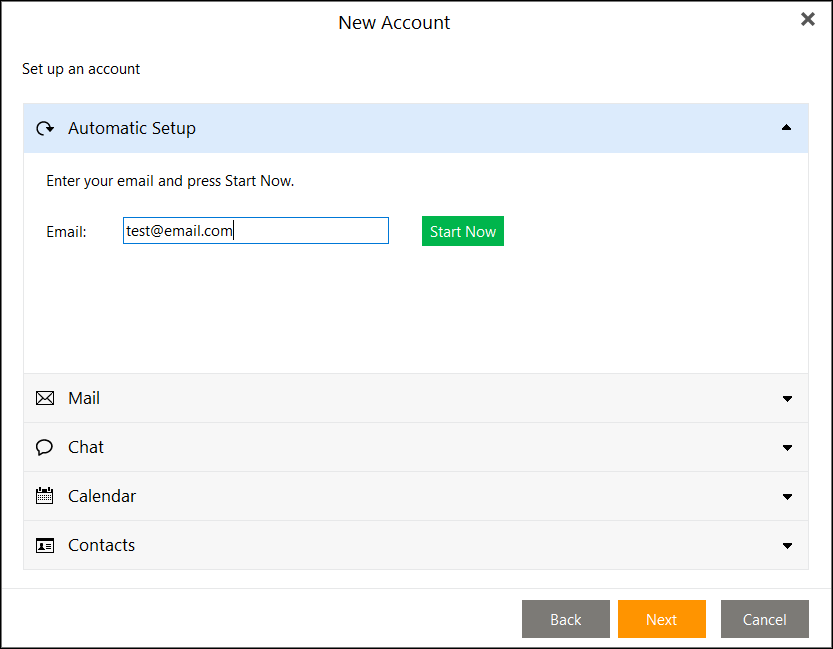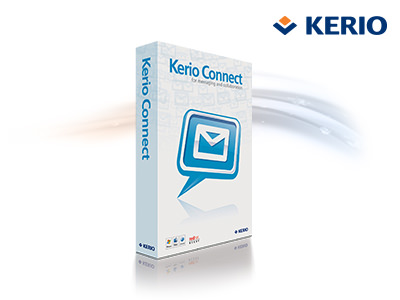

Notable examples include Axigen Mail Server, Kerio Connect, Scalix, Zimbra, HP OpenMail, IBM Lotus Notes, Zarafa/ Kopano, and Bynari. For example, several non-Microsoft e-mail server product vendors created "MAPI service providers" to allow their products to be accessed via Outlook.

Kerio connect client mapi strore full#
The full Extended MAPI interface is required for interfacing messaging-based services to client applications such as Outlook.

The basic API to MS PC Mail was later known as MAPI version 0 (or MAPI0), to differentiate it from "true" MAPI. Reworked, it was sold as MS PC Mail (or Microsoft Mail for PC Networking). The company founded its MS Mail team in 1987, but it was not until it acquired Consumers Software in 1991 to obtain Network Courier that it had a messaging product. MAPI was originally designed by Microsoft. (Simple MAPI and CMC were removed from Exchange 2003.) These three methods are easier to use and designed for less complex messaging-enabled and -aware applications. In addition to the Extended MAPI client interface, programming calls can be made indirectly through the Simple MAPI API client interface, through the Common Messaging Calls (CMC) API client interface, or by the object-based CDO Library interface. Simple MAPI is included with Microsoft Windows as part of Outlook Express/Windows Mail while the full Extended MAPI is included with Microsoft Outlook and Exchange. This includes creation and management of messages, plus management of the client mailbox, and service providers. While Simple MAPI (SMAPI) is a subset of 12 functions which enable developers to add basic messaging functionality, Extended MAPI (EMAPI) allows complete control over the messaging system on the client computer. It includes facilities to access message transports, message stores, and directories. MAPI uses functions loosely based on the X.400 XAPIA standard.


 0 kommentar(er)
0 kommentar(er)
